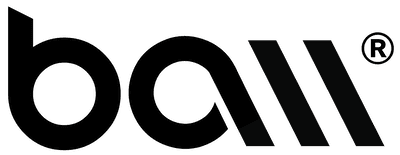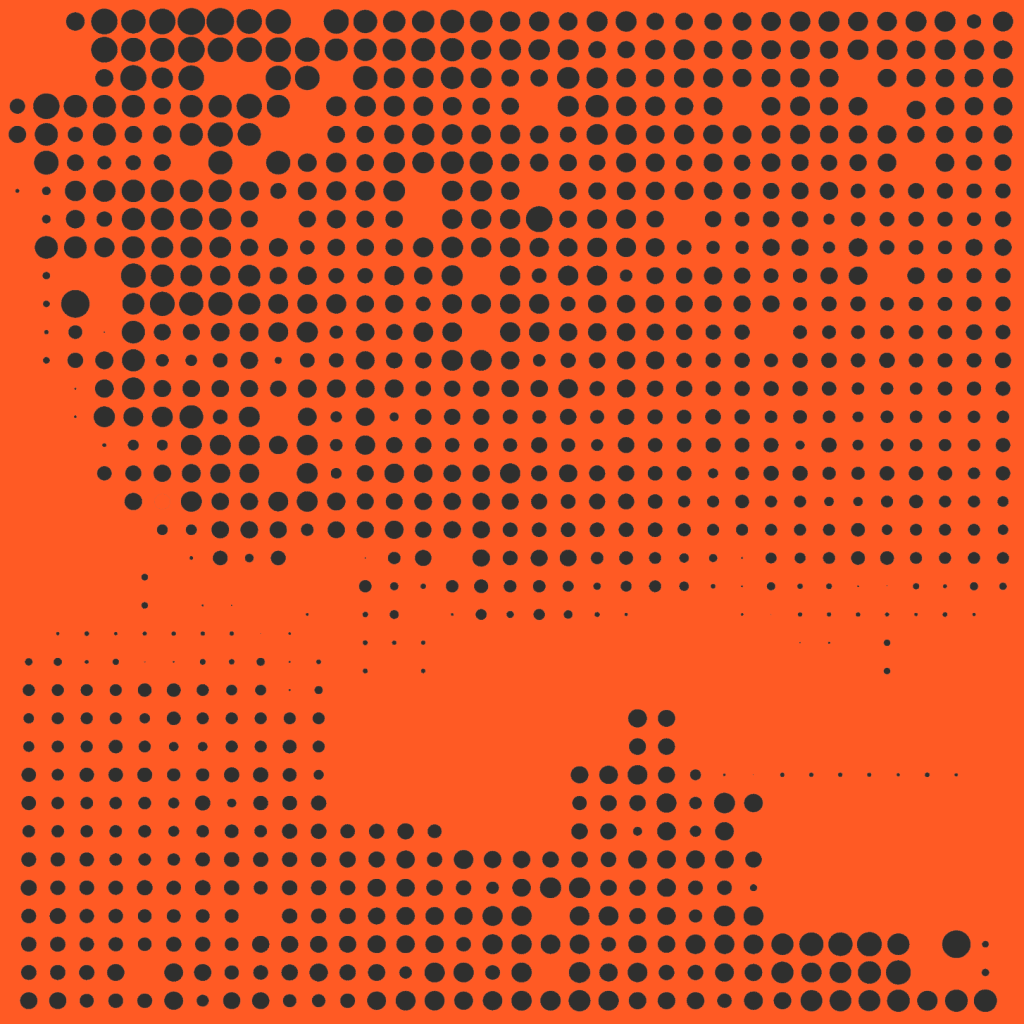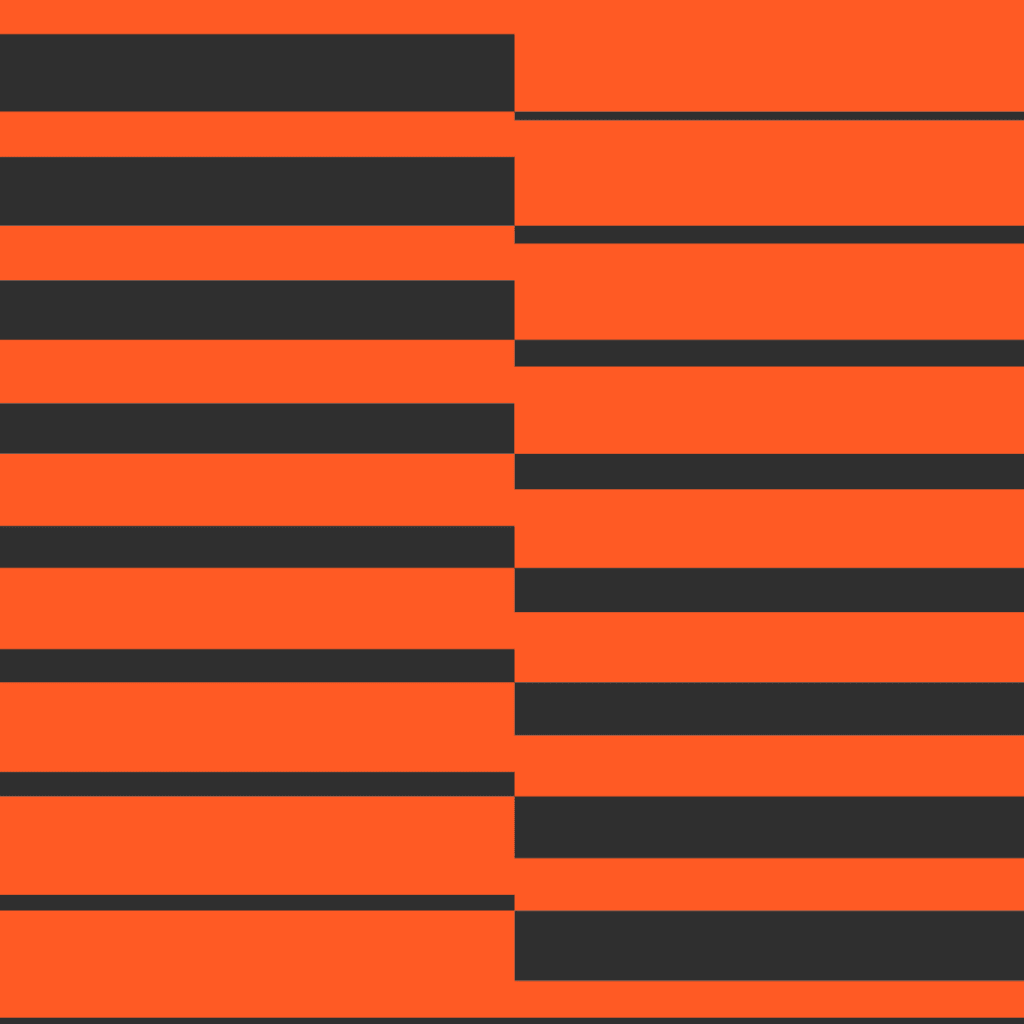|
Getting your Trinity Audio player ready...
|
A client once came to me in a panic. He was drained and his business was floundering – into the session we realised: not because they didn’t have a great product or because their market had dried up, but because he couldn’t seem to make decisions. “I don’t know what to do,” he said. “Should I double down on marketing? Cut costs? Do I even need this new product line we’re developing?” Every choice felt monumental, and the weight of those choices was paralyzing him and his team.
As we talked, I recognized the symptoms immediately: decision fatigue. I’d been there myself not long ago. Running a business means making decisions constantly – some big, some small – but over time, the sheer volume can wear you down. Your energy drains, and even the simplest decisions start to feel overwhelming. It’s a trap many entrepreneurs fall into, especially when the stakes are high, like during an economic downturn or market shift.
That conversation reminded me of two books that had been a lifeline for me during my own struggles: Thinking, Fast and Slow by Daniel Kahneman and The Art of Thinking Clearly by Rolf Dobelli. These books don’t just explain why decision fatigue happens – they provide practical tools to combat it. They helped me regain control of my thinking, and I’ve seen them work wonders for clients too.
Let’s dive into the insights these books offer and how they can help you make smarter, more confident business decisions.
Before we unpack the wisdom in these books, let’s talk about decision fatigue. Imagine your brain like a battery. Each decision you make drains a little bit of its power. Early in the day, you can tackle complex problems, weigh options, and think critically. But as the day goes on, your battery runs low. By the time you’re facing your 50th decision – What’s for dinner? Should I answer this email now or later? – you’ve got nothing left.
This is decision fatigue. It’s why Steve Jobs famously wore the same outfit every day. By eliminating minor choices, he preserved his mental energy for the big stuff. For entrepreneurs, decision fatigue can be disastrous. It leads to hasty decisions, missed opportunities, and sometimes no decision at all – a recipe for stagnation in business.
That’s where Kahneman and Dobelli come in. Their books don’t just help you understand how decision-making works; they show you how to protect your mental energy and avoid the traps that derail us.
Kahneman’s book: Thinking, Fast and Slow breaks our thought processes into two systems:
- System 1: Quick, intuitive, and automatic. This is the gut instinct that helps you dodge a car or recognize a friend’s face. It’s fast and efficient but prone to errors because it relies on mental shortcuts.
- System 2: Slow, deliberate, and analytical. This is the part of your brain that solves math problems, analyzes spreadsheets, or debates strategic moves. It’s more accurate but also more exhausting.
System 1 often takes the wheel because it’s easier. This is fine for small, low-stakes decisions, but when you’re dealing with something complex – like whether to pivot your business model – System 2 needs to step in. The problem is, we don’t always realize when we’re letting System 1 drive, and that’s when biases creep in.
A client of mine was considering expanding into a new market. Their gut (System 1) said it was the right move. Their reasoning? “Our competitors are doing it, so we need to act fast”. But when we slowed down and engaged System 2, the data painted a different picture. The market was oversaturated, and the costs outweighed the benefits. Slowing down saved them from a costly mistake.
Kahneman dives deep into the cognitive biases that skew our thinking. Here are three that every entrepreneur needs to watch out for:
1. Loss Aversion
We feel the pain of loss more intensely than the joy of gain. This makes us overly cautious, especially in uncertain times. An example of this would be a business owner that hesitates to invest in a new marketing campaign, fearing it might not deliver returns. But by holding back, they miss out on reaching a wider audience.
And the solution? Reframe your perspective. Instead of focusing on what you could lose, think about the potential upside. What’s the worst-case scenario, and how likely is it? Often, the risk is smaller than it feels.
2. Confirmation Bias
We seek out information that supports our existing beliefs and ignore anything that contradicts them. Lets say you’re convinced your new product will succeed, so you focus on the positive feedback and dismiss any criticism.
To not fall for the trap of confirmation bias you should actively seek out opposing viewpoints. Surround yourself with people who aren’t afraid to challenge your ideas.
3. Anchoring Effect
The first piece of information we encounter heavily influences our decisions. Imagine a client that proposes to you a budget for a project, and you accept it as a baseline without questioning whether it’s realistic. Your solution? Pause and evaluate. Gather multiple data points before making a decision. Ask yourself, “Am I basing this on facts or just the first thing I heard?”
If Kahneman explains why we think the way we do, Rolf Dobelli’s book: The Art of Thinking Clearly is the practical guide for avoiding mistakes. Dobelli identifies further cognitive traps that trip us up, but let’s focus on a few big ones for business leaders and founders:
1. The Sunk Cost Fallacy
This is when we keep investing in something just because we’ve already put so much into it.
You’ve spent months developing a product that isn’t gaining traction, but you keep pouring money into marketing because you don’t want to “waste” the initial investment.
Ask yourself, “If I hadn’t already invested in this, would I still pursue it?” If the answer is no, it’s time to cut your losses.
2. Availability Bias
We overestimate the importance of information that’s easy to recall. Lets say you hear about a competitor’s big win and assume the entire market is thriving, even though broader data suggests otherwise. The solution? Rely on comprehensive data, not just anecdotal evidence.
5. The Halo Effect
We let our overall impression of a person or company influence how we evaluate their specific traits or actions. That might happen when you overvalue an employee’s mediocre idea because they’ve previously been a star performer, or you trust a trendy brand despite their shaky financials.
To get rid of the halo effect clouding your judgment – evaluate ideas and decisions on their own merits. Use objective criteria rather than relying solely on reputation.
6. Overconfidence Bias
We tend to overestimate our abilities, knowledge, and the accuracy of our predictions.
Here is an example: You assume your product launch timeline is realistic because “everything will go according to plan,” ignoring potential delays or unforeseen challenges.
And what helps? Actively seeking second opinions and including buffer time in your planning. Acknowledge what you don’t know and prepare for contingencies.
7. The Bandwagon Effect
We’re influenced by what others are doing and tend to follow the crowd, often without critically evaluating whether it’s the right move. I see that often when clients adopt a popular new technology because everyone else in their industry is, even if it’s not aligned with their company’s needs.
Here the solution is to take a pause and ask, “Does this make sense for our business?” And then evaluate trends critically before jumping on board.
8. Action Bias
We feel compelled to do something in response to a problem, even when the best course of action might be to wait or gather more information. Another example i just recently saw – after seeing a slight dip in sales, my client immediately launched a discount campaign without understanding the root cause. It didn’t work, so what was the solution? Taking a step back and assess whether action is truly necessary—or if patience and analysis might lead to better results that dont eat up more revenue. In this case it was simple a seasonal effect which happened also the year before.
So how do you apply these insights in your business? Here are some actionable strategies:
1. Create a Decision-Making Framework
When you’re juggling dozens of choices, having a structured process can save you from mental exhaustion. Develop a checklist for major decisions. Include criteria like financial impact, alignment with long-term goals, and potential risks.
2. Slow Down When It Matters
Engage System 2 for high-stakes decisions, even if it feels tedious. Schedule deliberate pauses in your decision-making process. For example, take 24 hours to reflect before committing to a major pivot or investment.
3. Seek Out Diverse Perspectives
Break free from confirmation bias by inviting different viewpoints. Build a network of advisors or colleagues who aren’t afraid to challenge your thinking.
4. Set Boundaries to Combat Decision Fatigue
Minimize the number of low-stakes decisions you make daily. Automate repetitive tasks, delegate where possible, and simplify your routine. Steve Jobs wore the same outfit every day for a reason – it works.
Running a business means making decisions – every day, all the time. It’s unavoidable. But by understanding how your mind works and recognizing the traps that derail us, you can take back control.
Kahneman and Dobelli’s books provide the tools to not just survive decision fatigue but thrive despite it. Slow down, challenge your assumptions, and create systems that support smarter thinking. When you approach decision-making with clarity and intention, you’re not just steering your business – you’re building a more confident, capable version of yourself.
Takeaways
- Decision fatigue drains mental energy and can lead to poor or delayed decisions. Simplify low-stakes choices and focus your energy on high-impact decisions.
- Kahneman’s System 1 and System 2 explain how fast, intuitive thinking often leads to errors, while slow, deliberate thinking can improve complex decisions.
- Key biases like loss aversion, confirmation bias, and anchoring distort decision-making. Recognizing these biases helps entrepreneurs avoid costly mistakes.
- Dobelli’s insights provide practical tools for avoiding cognitive traps, like the sunk cost fallacy and availability bias, which can lead to flawed business strategies.
- Creating structured frameworks for decision-making, seeking diverse perspectives, and taking deliberate pauses can improve clarity and outcomes.
- Smarter decision-making isn’t just about avoiding mistakes. It’s about building systems and habits that support thoughtful, long-term business success.



